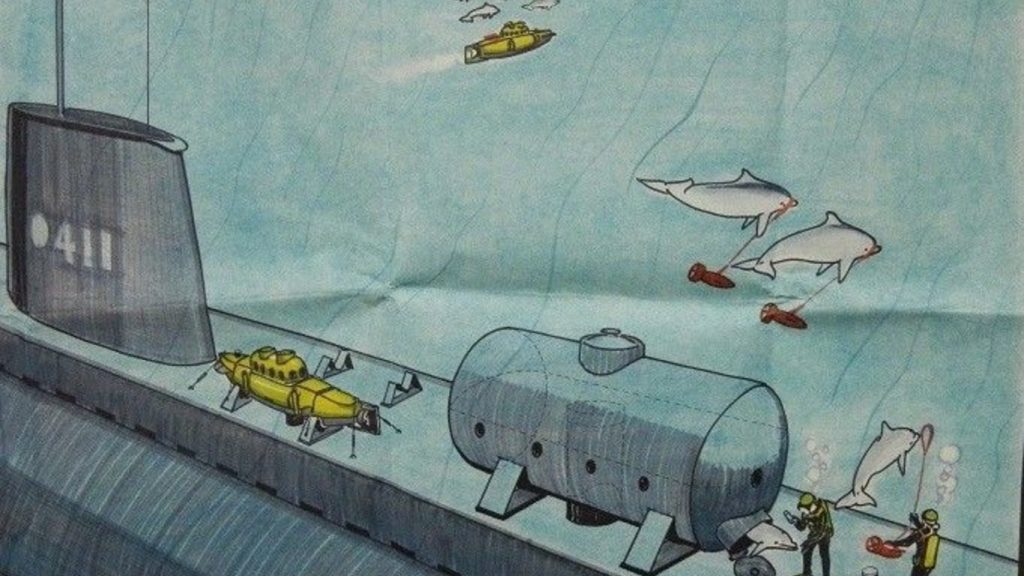In the mid-1960s, the US had started using dolphins for military purposes. In 2019, a file was released by the CIA with the name of “Project OXYGAS.” It contained information on how the country trained bottlenose dolphins to attach explosive devices to enemy ships.
The fish used was inspired by Flipper which was featured in a film and later a TV show. It was a fictional friendly dolphin who lived in Florida and patrolled a nature preserve.
Documents reveal that the agency kicked off OXYGAS using at least two captured wild dolphins. The program envisioned training the dolphins to quietly infiltrate enemy bays and harbors, attaching explosive devices to the hulls of enemy ships, and then slipping back to a waiting boat.
By November of 1964, the Office of Research and Development (the scientific research arm of the U.S. Environmental Protection Agency) stated: “Quite frankly this project has progressed more quickly than we anticipated, although unbridled enthusiasm is not justified at this time.”
It is not yet clear which devices were being transported. It is said that they could have been nuclear weapons too as their sizes were getting smaller with time. It was also stated that the “two dolphins are now routinely delivering simulated…” The rest of the paragraph is redacted from public view.
CIA aimed for the dolphins to do tasks like “attacks on a variety of ship types,” “harbor and coastal reconnaissance through photographic means,” specialized electronic intelligence gathering, and the placement of “sonar, acoustic, and seismic buoys.” The agency even imagined dolphins deploying weapons-of-mass-destruction sensors including “rocket detection buoys,” biological warfare and chemical warfare sensors, and trace element sensors meant to detect radioactive substances released into the atmosphere by a nuclear explosion.
In January 1964, the CIA realized that they could not entirely control the wild animal. It was also found out that dolphins were becoming fixated on pleasing their trainers and might start ignoring unfamiliar field agents during a mission.
By 1967, the CIA’s Technical Requirements Board suggested changing the track. In their new role, the agency dolphins would approach a hostile country from at least 12 miles away. In this watery version of the classic “dead drop” (a technique for transferring items in espionage parlance), the dolphins would then retrieve objects that spies left in shallow water or floating near shore.
From September 1967, the support and funding for the project began to dwindle and eventually died out by 1970.
What happened? The CIA apparently ran into the limitations of using tame—but still wild— animals for critical tasks. Human trainers could not impress upon dolphins the importance of their work (if that were even possible). Meanwhile, the Navy continued its own dolphin program, which used the mammals to hunt for mines and other underwater explosive devices.

